Secrets in the Paintings — MFAH’s Glory of Spain Exhibition is Full of Hidden Art Wonders
Taking a Deeper Look
BY Leslie Loddeke // 03.11.20Goya (Francisco de Goya y Lucientes), The Duchess of Alba, 1797, oil on canvas, the Hispanic Society of America.
Striking a patrician pose, the elegant Duchess of Alba looks for all the world as if she knew her portrait, being painted by Francisco de Goya in 1797, would be called “the most important work” in an outstanding museum exhibition on Hispanic culture centuries hence.
In fact, that’s the description used by Hispanic Society Museum & Library executive director Mitchell Codding to assess her portrait’s exalted standing in an impressive, new exhibition at the Museum of Fine Arts, Houston.
Codding served as curator of the major international traveling exhibition organized by the Hispanic Society, encompassing more than 200 of the society’s most exceptional works from the huge collections of the New York museum and library, currently under renovation. The exhibition now on view at the MFAH through May 25, “Glory of Spain: Treasures from the Hispanic Society Museum & Library,” spans more than 4,000 years of Hispanic art and culture.
This is truly a treasure trove of Hispanic art, representing the highlights of the enormous, extraordinary Hispanic Society collections, reputed to be unparalleled outside of Spain. The Society’s vast collections in New York focus on the art and culture of Spain, Portugal, Latin America and the Philippines.
The MFAH exhibition which we are privileged to see includes paintings, drawings, prints, sculpture, porcelains and ceramics, textiles, rare manuscripts, metalwork and jewelry, arranged to create a chronological and thematic experience. The exhibition is organized into six sections: Antiquity in Spain, Medieval Spain, Golden Age Spain, Viceregal and 19th Century Latin America, Enlightenment in Spain, and Modern Spain.
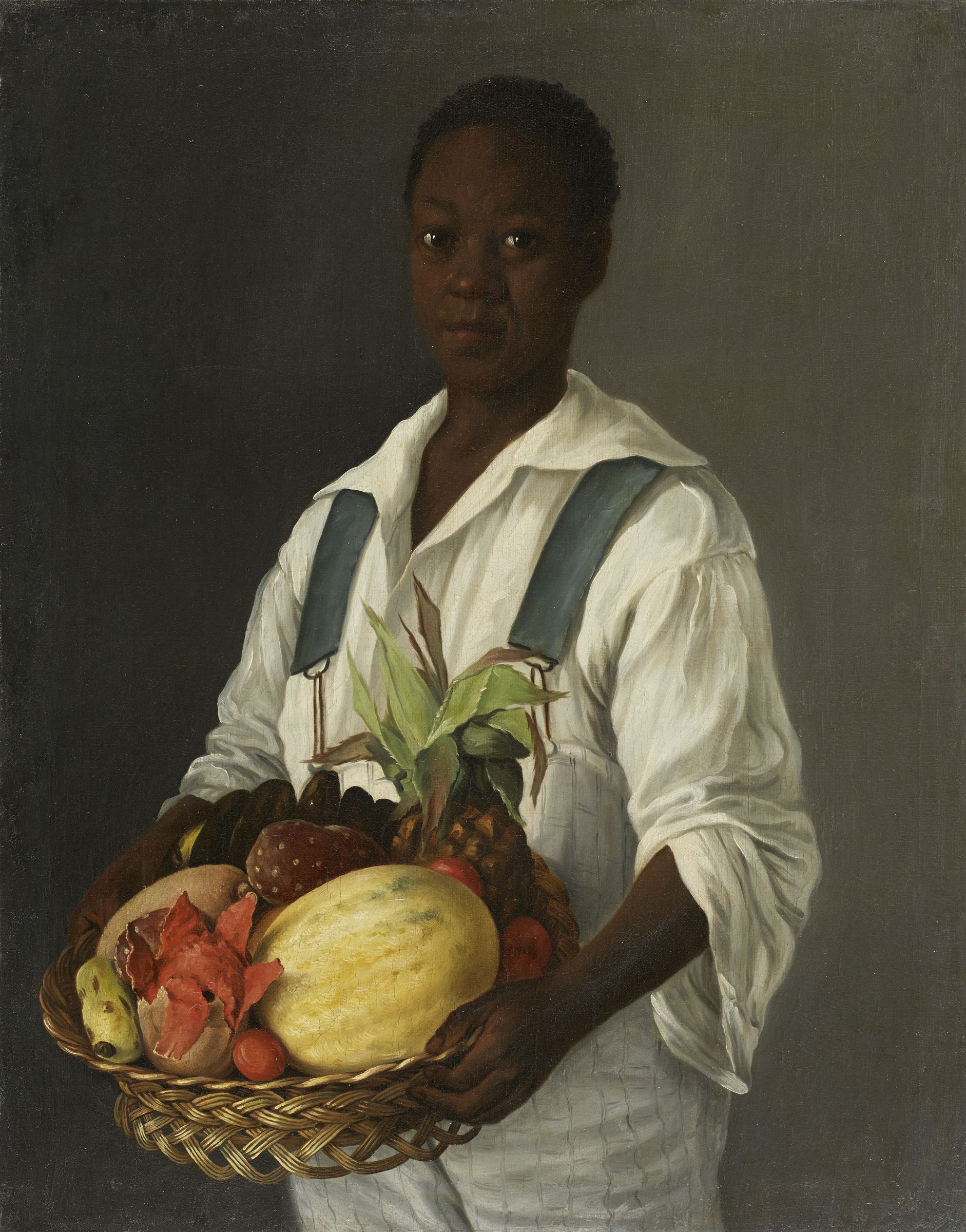
The largest section is devoted to the Spanish Golden Age, spanning about 150 years from the mid-16th to the late 17th century, marking the expansion of Spain’s empire to the New World and the flourishing of Spanish art. In this section, great Old Master names abound, including Diego Velazquez, Francisco de Zurbaran, Bartoleme Esteban Murillo and Jusipe de Ribera.
Remarkable Paintings — and the Stories Behind Them
As a whole, this exhibition boasts such remarkable paintings as Portrait of a Little Girl by Velazquez (1640), Pieta by El Greco (1574-76), The Prodigal Son among the Swine by Murillo (1656-65), Santa Emerentiana by Zurbaran (1635), and Goya’s iconic, much-celebrated Duchess of Alba (1797.) There’s a story behind each painting, so be sure to take the time to read the wall text to get the whole picture.
For example, viewers are guided by the wall text next to the Duchess of Alba’s portrait to detect that “Goya” and “Alba” are inscribed, respectively, on the two rings on her right hand, which points down to words written in the sand at her feet: “Solo Goya,” or “Only Goya.” From a distance, without benefit of the text, one might miss these fascinating, enigmatic details in this formidable lady’s portrait, distracted by the grandeur of her title, regal pose and sumptuous black lace dress and mantilla.
And don’t miss the text next to Zurbaran’s Santa Emerentiana to get the back story on how the artist was able to depict the intricate pattern of the saint’s elaborate brocade gown so well. It turns out that Zurbaran’s father owned a fabric shop, giving his son an edge in learning to appreciate and beautifully reproduce richly decorated fabrics like those that adorn this martyr, which represent her glory in paradise after meeting an untimely end by stoning.
Works from viceregal and 19th-century Latin America encompass a broad range, including The Wedding at Cana by Nicholas Correa (Mexico, 1696) and the compelling Young Man from the Coast by Jose Agustin Arrieta (Mexico, ca. 1843).
Post-impressionist and modern artists are also represented in the exhibition, including a gorgeous work by Joaquin Sorolla y Bastida depicting Louis Comfort Tiffany in the profusely blooming garden of his Long Island estate (1911).
And be sure to see Ignacio Zuloaga’s painting of Lucienne Breval as Carmen (1908-09), which shows the French singer smiling coquettishly, enveloped in an elaborately decorated shawl as she represents the colorful character in the title role of Georges Bizet’s opera “Carmen.”
Among the sculptures, don’t miss the alabaster Effigy of Mencia Enriquez de Toledo from the workshop of Gil de Siloe (1498) and the polychrome terracotta group called The Mystical Marriage of Saint Catherine by Luisa Roldan (ca. 1690.)
The exhibition affords a view of priceless, rare Hispanic manuscripts, including Juan Vespucci’s Map of the World (1526), and a letter from Holy Roman Emperor Charles V to his son Philip II (1534), offering royal advice such as being patient with petitioners and never acting out in anger.
The myriad of decorative arts masterpieces includes precious Bell Beaker culture ceramics, jewelry from the second century B.C., silk textiles, lusterware, and ironwork from the 15th to 16th centuries. Moving through the galleries, viewers move through time and geographic locations as they admire objects such as an earthenware baptismal font from Toledo (1400 to 1450) and a silver chalice thought to be from Segovia (1525 to 1550).
At the end of the exhibition, you’ll find a small gift shop containing an excellent exhibition catalog by curator Mitchell Codding, providing detailed descriptions of each object in the traveling exhibition and an essay telling the story of the Hispanic Society’s creation and the scope of its collections.
Exhibition tickets are free to MFAH members as well as children age 12 and younger. They’re $23 for adults age 19 and above; $18 for seniors age 65 and above, military, college students, and kids aged 13 to 18.
For more on the Glory of Spain, read PaperCity’s first look at the exhibit.
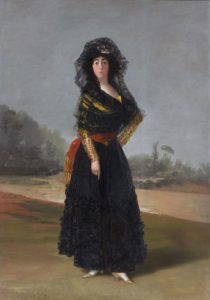


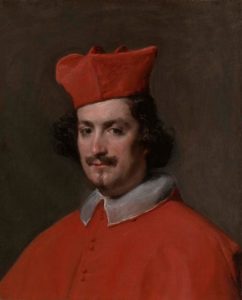

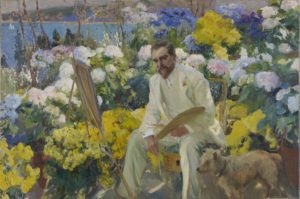
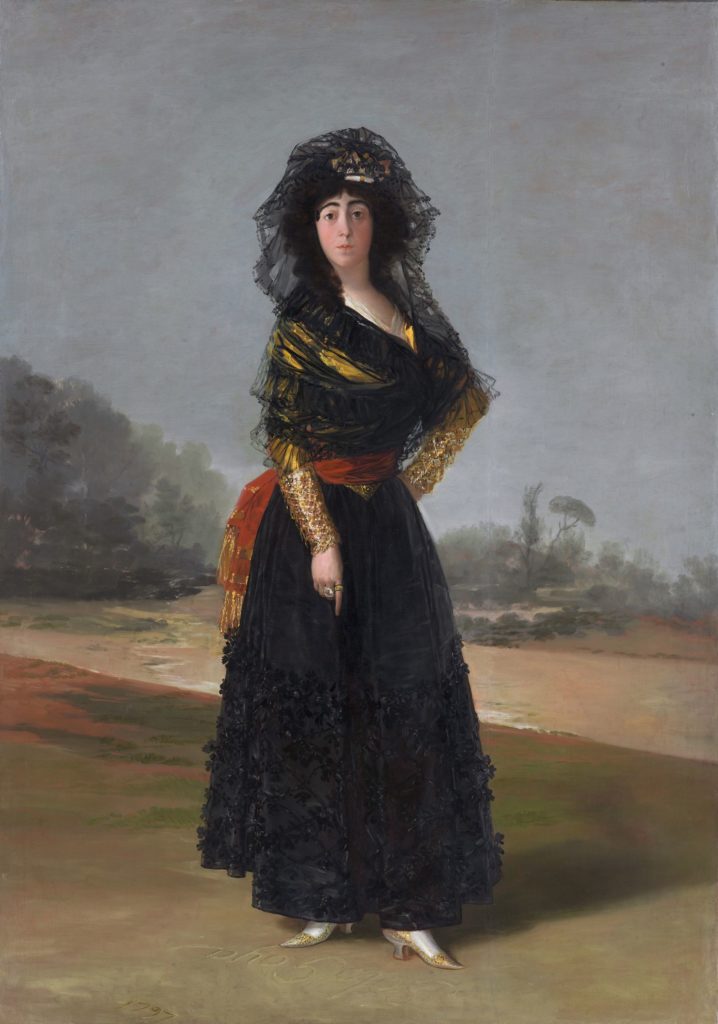

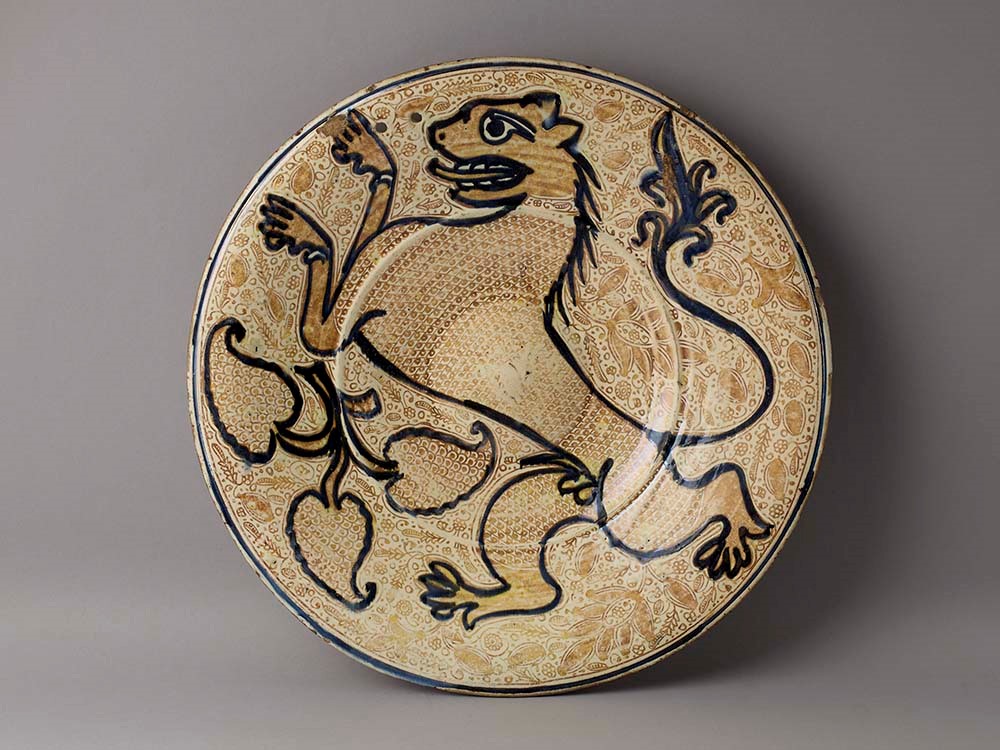
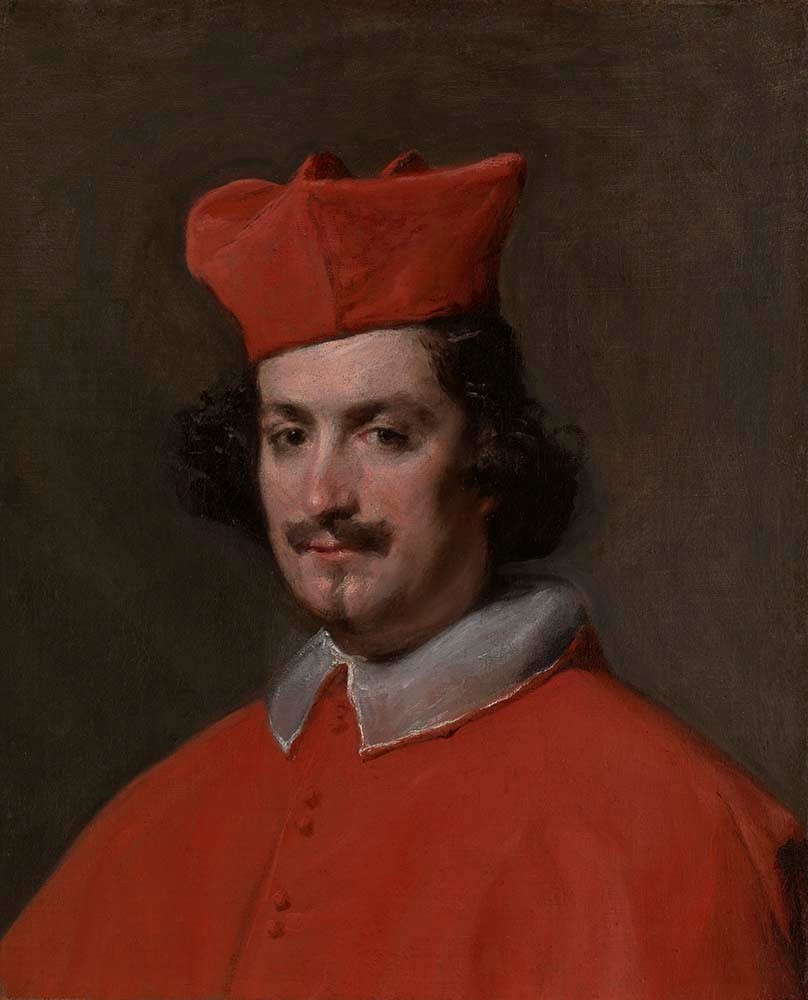

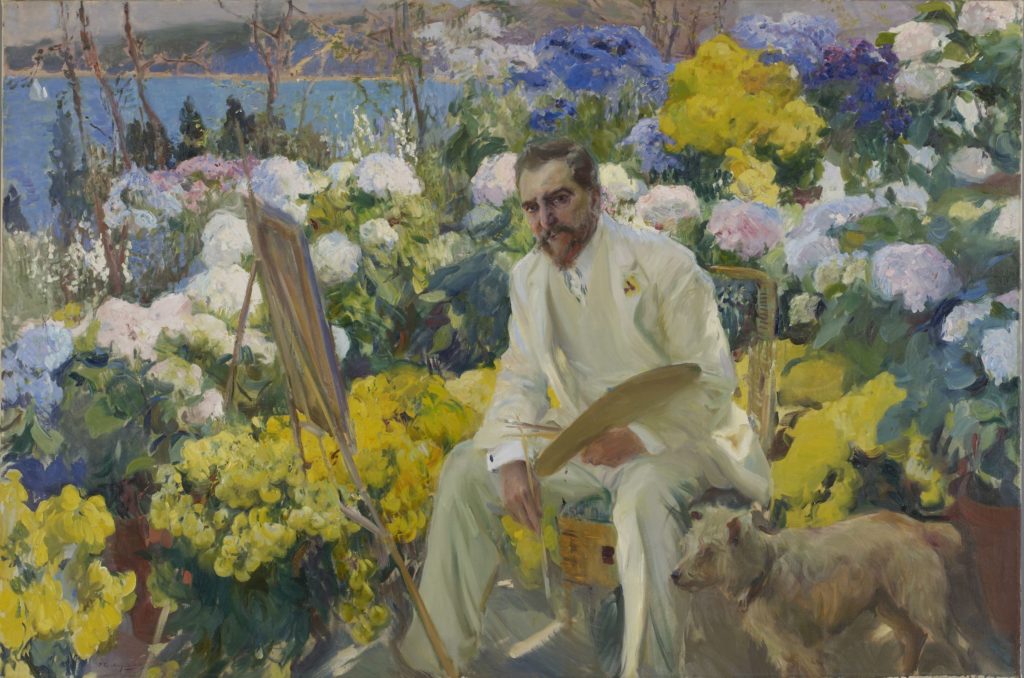


_md.jpeg)



















